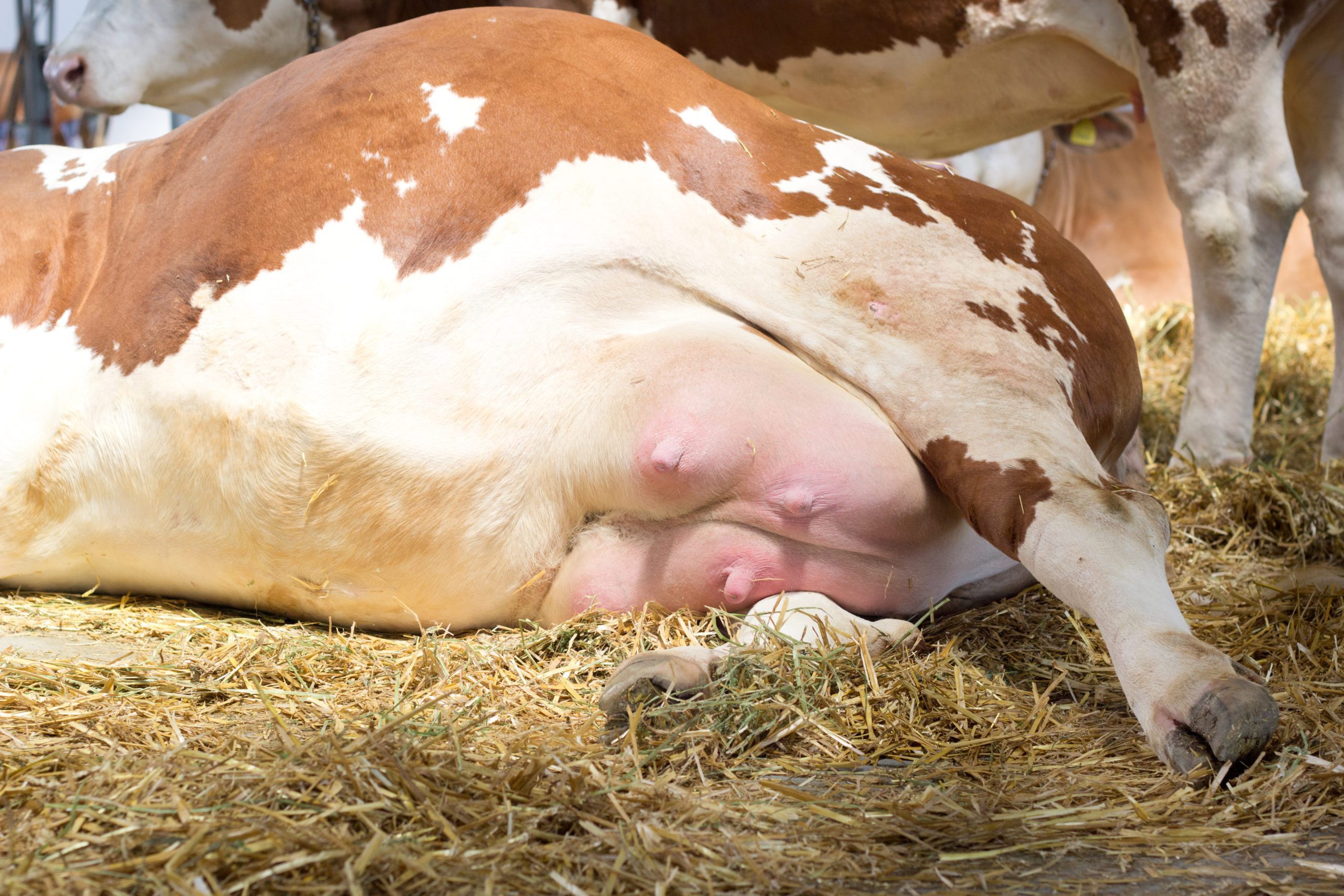
Bloat is a common and expensive problem for both beef producers and dairymen. Identifying the causes and providing the proper support to help prevent it from occurring are the best tools a cattleman can have against loss due to this condition.
What is bloat?
Bloat occurs when gases produced through the digestive process are not expelled adequately. Cattle release the majority of gas build-up through eructation (burping). When the gas builds up more rapidly than it can be expelled, or there is some reason it cannot be released, bloat develops.
The result is not unlike having an over-inflated balloon in the abdomen – as the gas continues to build, the pressure pushes against the diaphragm, preventing expansion for the lungs and eventually causing suffocation.
What causes bloat?
The causes of bloat vary, but the most common is associated with the digestion of feed. In the spring, forages such as clover and early alfalfa are growing in abundance. These plants contain a high level of protein but little fiber, making them digest quickly, causing the rumen pH to drop and producing an abundance of rumen gas. It’s not uncommon for cattle to eat in excess on these forages when first turned out to pasture, further complicating the situation.
Concentrated feeds are also associated with the development of bloat, for much the same reason as early legume grazing.
Sub-acute ruminal acidosis causes an imbalance in not only the pH of the rumen but it also affects the digestive microbial population. The beneficial microbes that thrive in a neutral rumen environment die off in the presence of too much acid, leaving the “bad” microbes behind. These microbes do not digest all components of feed and forage, resulting in incomplete or poor fermentation. This leads to the production of excessive gases from the altered digestive process.
Other, less common causes of bloat can include esophageal malfunctioning, keeping the gas from being able to move from the rumen, swollen lymph nodes, or parasites.
What are the symptoms of bloat?
The symptoms of bloat are often quite clear by the time the animal is showing signs. A distention of the left side of the animal, stomping or kicking at the belly, frequent defecation and urination, vocalizing more than usual and, ultimately, collapse.
How can bloat be prevented?
The easiest way to prevent bloat is to avoid allowing cattle to overeat on spring forages that will be low in fiber. Although legumes such as clover are the main culprits, even early growth grass can lead to bloat (and grass tetany). The main way to prevent bloat is to correct and keep the rumen pH balanced. When transitioning cattle to spring pasture or concentrated feeds, it’s essential to maintain a neutral rumen pH to support the beneficial microbes that are responsible for proper digestion.
